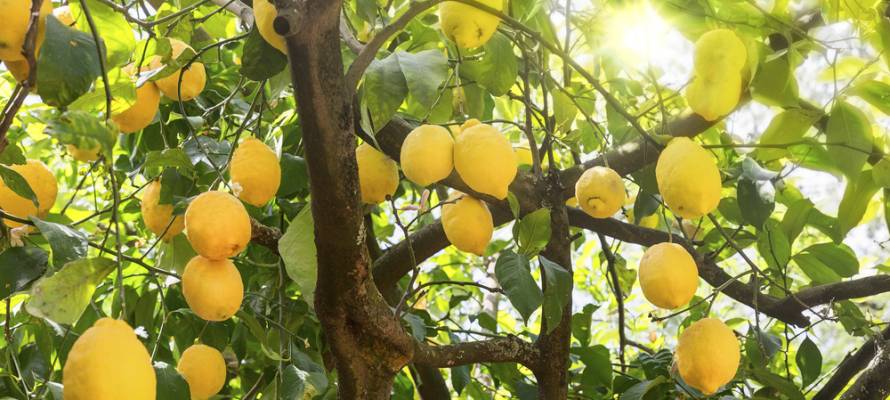By United with Israel staff
It is now the season of Tu B’Shvat, a joyful day in Israel when it is customary for children – and adults – to go on tree-planting and agricultural field trips.
Diaspora Jews and supporters of the Jewish state traditionally contribute funds towards planting trees in Israel in order to support agricultural development of the land.
Israelis have a natural awareness of agriculture, as the Jewish state – in the land of “milk and honey” – produces close to 70 percent of all its food requirements.
On the holiday of Tu B’Shvat, there is a custom is to eat new seasonal fruit and especially fruit from the “Seven Species” described in the Bible as being plentiful in the Land of Israel. The seven species are: wheat, barley, grapes (vines), figs, pomegranates, olives and dates (honey). (Deut. 8:8).
Israel is known for its choice fruits, vegetables and herbs, which are exported around the world. For decades, the Jaffa orange was the most famous.
In areas such as the Arava region, which lies midway between the Dead Sea and Eilat (Israel’s southernmost city), and the Jordan Valley, which extends from the Sea of Galilee in the north down to the Dead Sea along the eastern border, agriculture provides the population’s sole means of livelihood. The Jordan Valley, for example, produces high-quality peppers, grapes, herbs and – most famously – delicious Medjoul dates.
Dates are among the traditional treats offered to Israeli schoolchildren celebrating Tu b’Shvat, also known as Chag Ha’ilanot – the Holiday of Trees. When the Bible discusses the “land of milk and honey,” the honey referred to is date honey.
Israel has achieved agricultural success despite challenges of nature, including difficult soil in certain regions, such as the Jordan Valley, as well as severe water limitations. But the Jewish state is also recognized for its technological genius, and in this regard, as explained on jewishvirtuallibrary.org:
“Israel’s varied climatic, topographical and soil conditions (from sub-tropical to arid, from 400 meters below sea level to 1000 meters above and from sand dunes to heavy alluvial soils) made it possible to grow a wide range of agricultural produce. The success of the country’s agriculture stems from the determination and ingenuity of farmers and scientists who have dedicated themselves to developing a flourishing agriculture in a country which is more than half desert, thus demonstrating that the real value of land is a function of how it is used.”
